A CMMS & EAM System Integrated with ERP
| Coverage | Rationale |
|---|---|
| CMMS vs EAM: | A Computerised Maintenance Management System (CMMS) is a system that combines an Asset Register with Asset Valuation, Maintenance Tracking and Management. An EAM takes this a step further, by taking an enterprise view across all locations and links with the ERP and other modules such as Compliance Audit, Health & Safety and Quality Control. |
| The Asset Register: | The Asset Register records all your assets and asset location, whether machinery, infrastructure, components or laptops, as well as purchase price, expected lifespan, depreciation and so forth. This is not the same as Inventory. When an asset is checked out, the system records who checked out the asset and return date. This not only counters missing or stolen assets - it also serves as a useful tool for staff members both requiring the same resource. |
| Maintenance Management: | Maintenance Management refers to proactive, preventative maintenance, as well as efficient and effective management of preventative maintenance, work orders and repairs. It includes Scheduled Maintenance, as well as Emergency Repairs. Let your Suppliers register, then select internal or 3rd Party Mainenance teams, Book and Track Work Orders and inform users when assets will be back in use. This contributes to planning. |
| Performance Management: | Third Party APIs: Without connecting to your machines through API, the CMMS can only monitor lists of assets, mainenance schedules and whether a machine is in use or in maintenance. To track a machine's Performance, Uptime and Downtime statistics we will implement your machine's API and provide you with all relevant machine performance reporting. Ask for a Consultation. |
Request a demo or consultation
Adaptive EAM & CMMS
| Feature | Benefit |
|---|---|
| 1. 360 View of Assets: | A clear view of all assets held firm-wide, location, scrap value and depreciation |
| 2. Track Equipment Check-Out: | Log any changes due to users checking out equipment or moving it to another location. Reduce the "missing asset" syndrone |
| 3. Track Performance & System Reliability: | Measure and monitor machine uptime, downtime and overall performance. The longer a piece of equipment lasts without major repair, the greater the savings. Delivering reliable uptime also allows businesses to accept and fulfill orders with confidence. System reliability is one of the key reasons for investing in a CMMS |
| 4. Workflow Visibility: | Dashboards and visualizations can be customised to different user groups to enable teams to understand status. Maintenance teams can quickly view where an asset is, what it needs, who should work on it and when |
| 5. Automation: | Automating manual tasks, such as scheduling, replenshing inventory, ordering parts, booking in work orders reduces human errors and improves overall producivity |
| 6. Cloud-Based Benefits: | Access any time anywhere: In the office or remote working, with real-time updates for all teams, based on RBAC (risk-based access controls) |
| 7. Compliance Audits: | A CMMS makes compliance audits significantly easier by providing the right data at the right time. It also assists with filtering on repeat defects so teams can analyse root causes, as opposed spending time on admin tasks. With Adaptive ERP this integrates seamlessly with Quality Control and Health & Safety Checks, across locations |
| 8. Fraud Risk Controls: | Only authorised staff may approve new suppliers. Suppliers enter detailed fees, per job category,
including: spare parts, call-out charges, billing increments, hourly, overtime, weekend and fixed rates. These fees must be approved in advance
before the Supplier can be assigned any jobs. Updated pricing also needs approval prior to it taking effect.
Optional: When a job type is selected, only the top 3 cheapest suppliers working on this job type, are displayed. Each purchase order generates a shadow invoice with a "Pay Now" button. It helps ensure Supplier invoicing matches agreed pricing |
Request a demo or consultation

